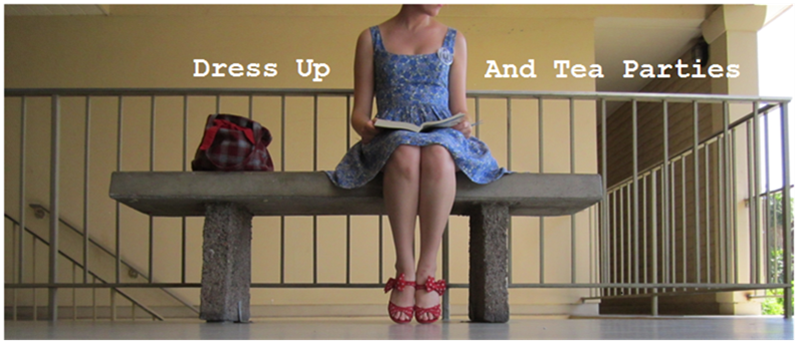ii. American Politics
The new women's fashions didn't just create a conservative backlash among the extremist groups of America. It also promoted conservative practices all across the American public after over a decade of the Progressive era practices. Traditionalists throughout America thought the new women were irresponsible, irreligious, and immoral (Dumenil 135), and their offense reflected in the political mindsest of the country, which seemed desperate to rid the country of the influences making women clothe themselves the way they did.
One of the most obvious instances of trying to make the country how it was before World War I was in its elections. President Warren G. Harding ran his whole campaign on the idea of returning to normalcy (Miller, Nathan 83), and beat his opponent James M. Cox by the largest margin up to that date (Baily, Cohen, and Kennedy 767). Through their election of Harding, the American public was trying to vote itself back to the days when women had their place in society, and were held there by their restrictive clothing. Further, with the reelection of Calvin Coolidge, an "honest, thrifty, austere, punctual, concise, conscientious, frugal, cautious, conservative, and moral" man (Miller, Nathn 124), the public tried to install in the free spirited young women of the decade these conservative morals, whose loss appeared to be reflected in their immoral dress.
During this time, America also greatly restricted its immigration with the Emergency Quota Act of 1921 which only allowed 3% of each country's population that left in 1910 in. This was then replaced by the Immigration Act of 1924 which reduced it to 2% of 1890 (Bailey, Cohen, and Kennedy 773-4). These harsh conservative restrictions could surely have been a reaction to the overseas influence that held such sway in women's new clothes, ranging from France to Africa.
Further, laws were created that restricted how women could dress. Some women were arrested for dressing immodestly at the beaches in new, scandalous swimsuits (Latham 70). In Utah, women could be fined and arrested for wearing skirts that went three inches above the ankle (Gourley 68). Ohio also outlawed clothing that accentuated women's figures (Gourley 68).



No comments:
Post a Comment